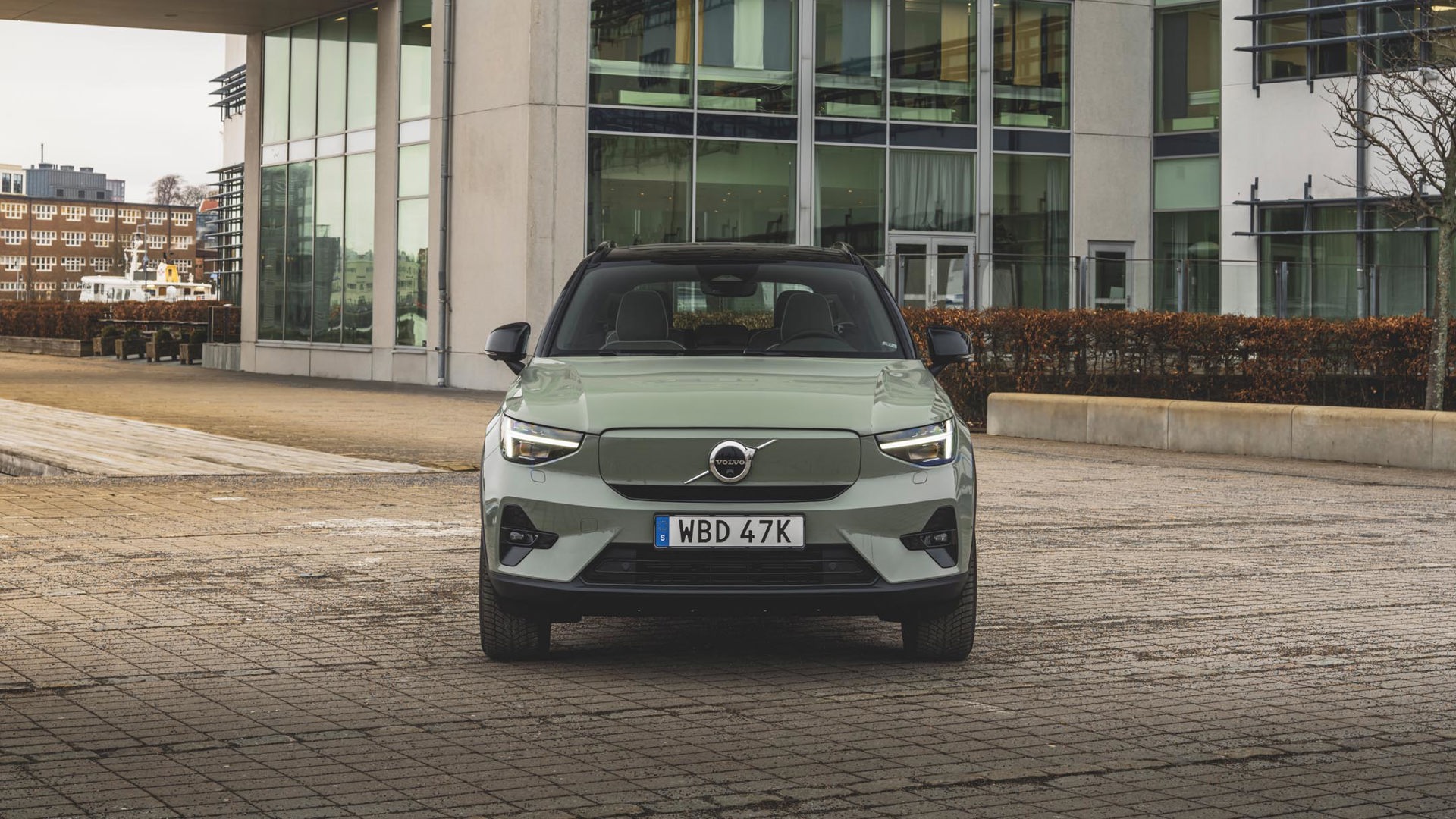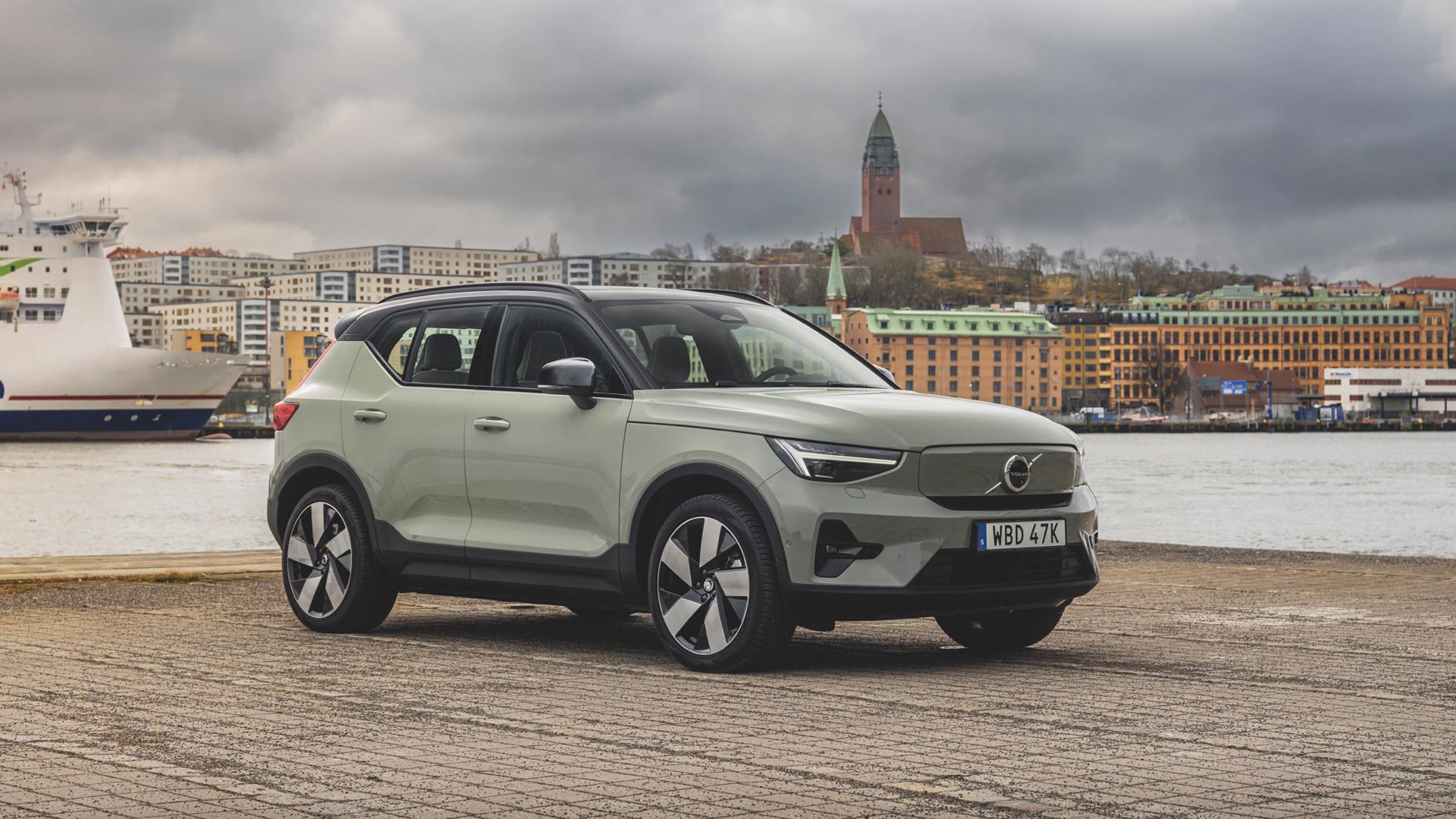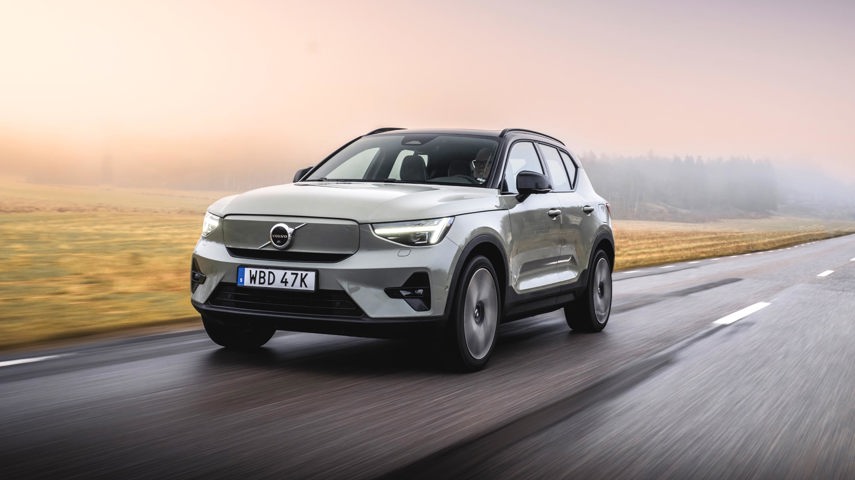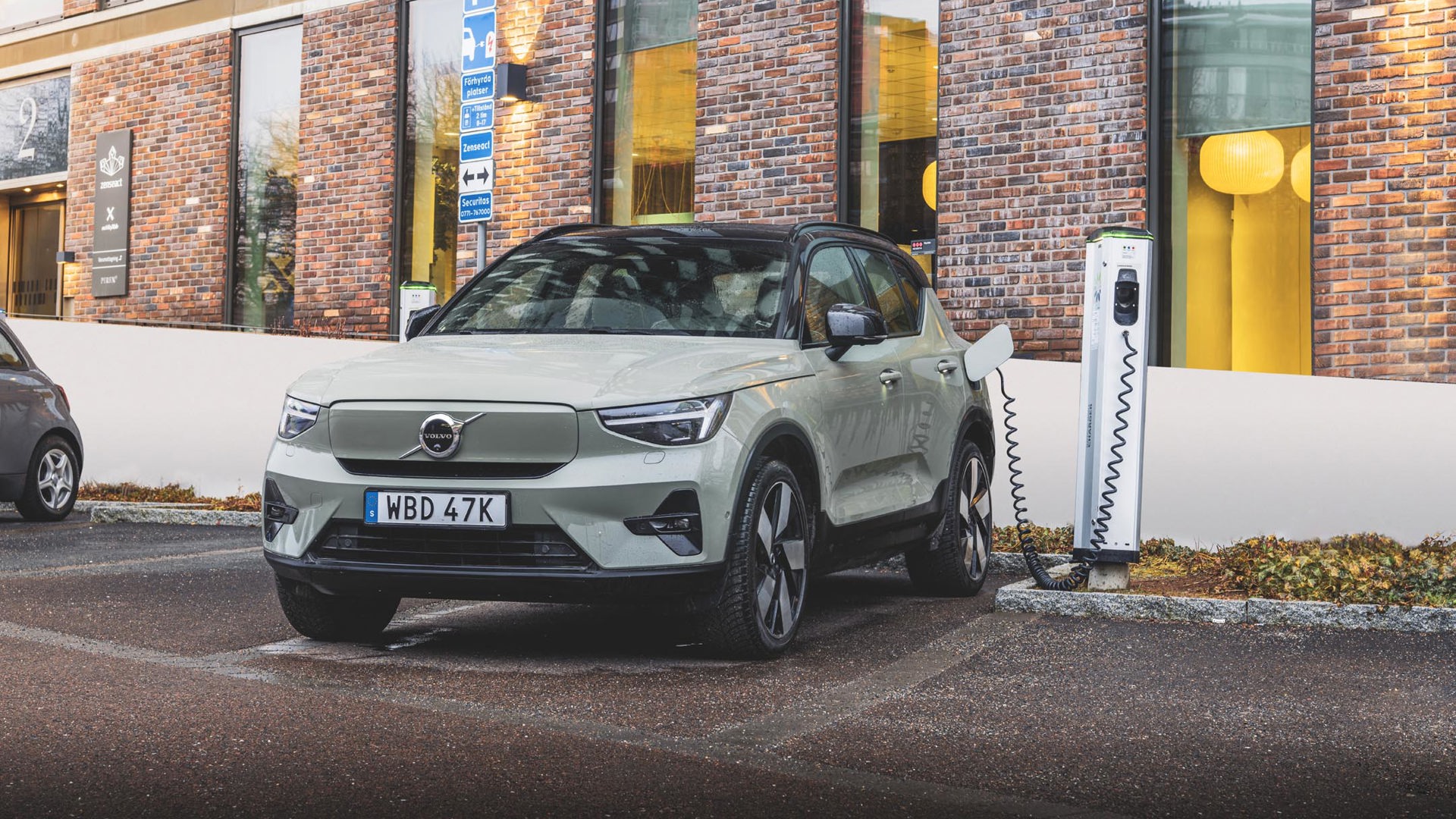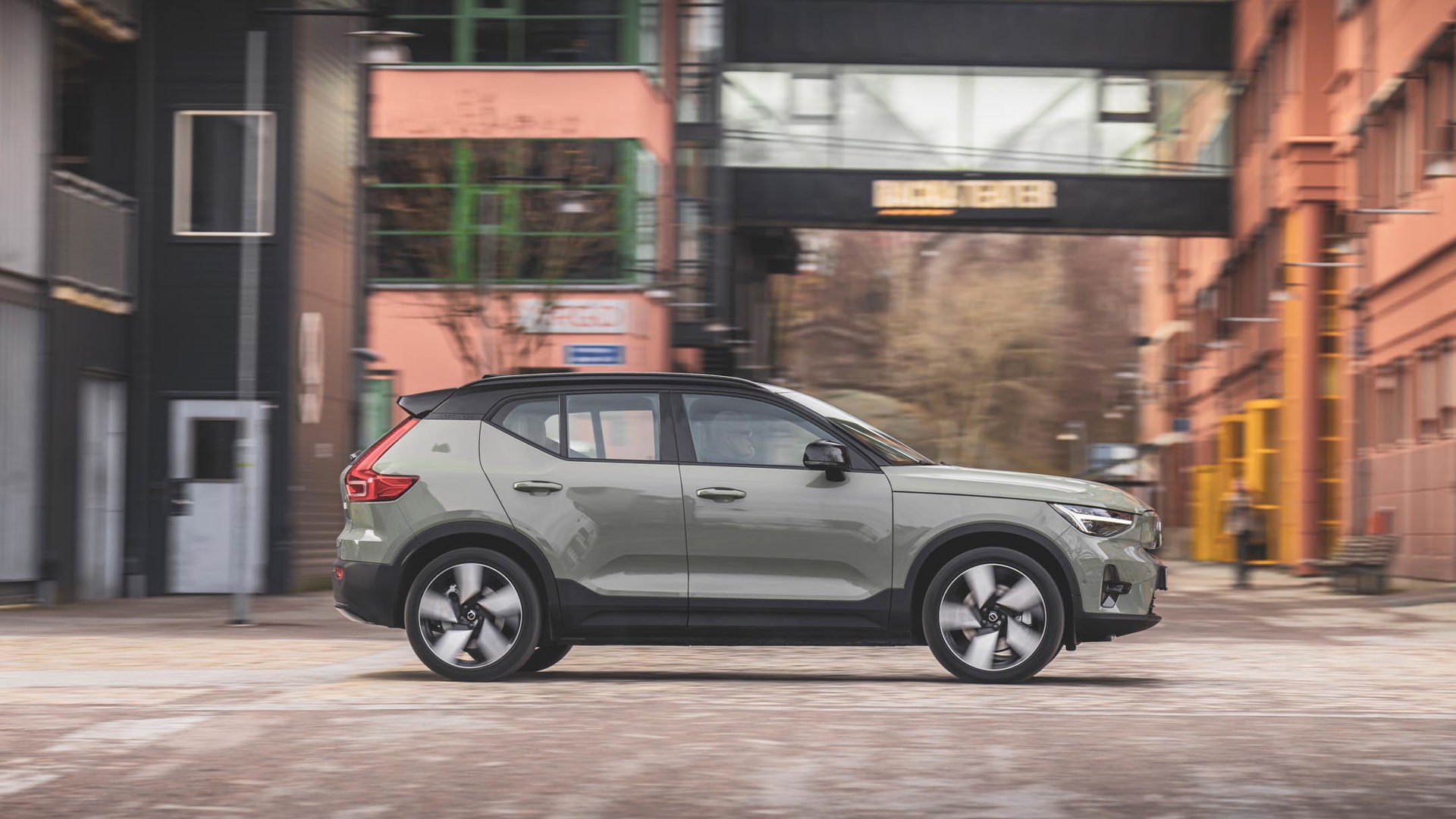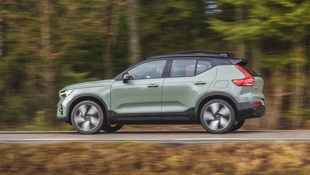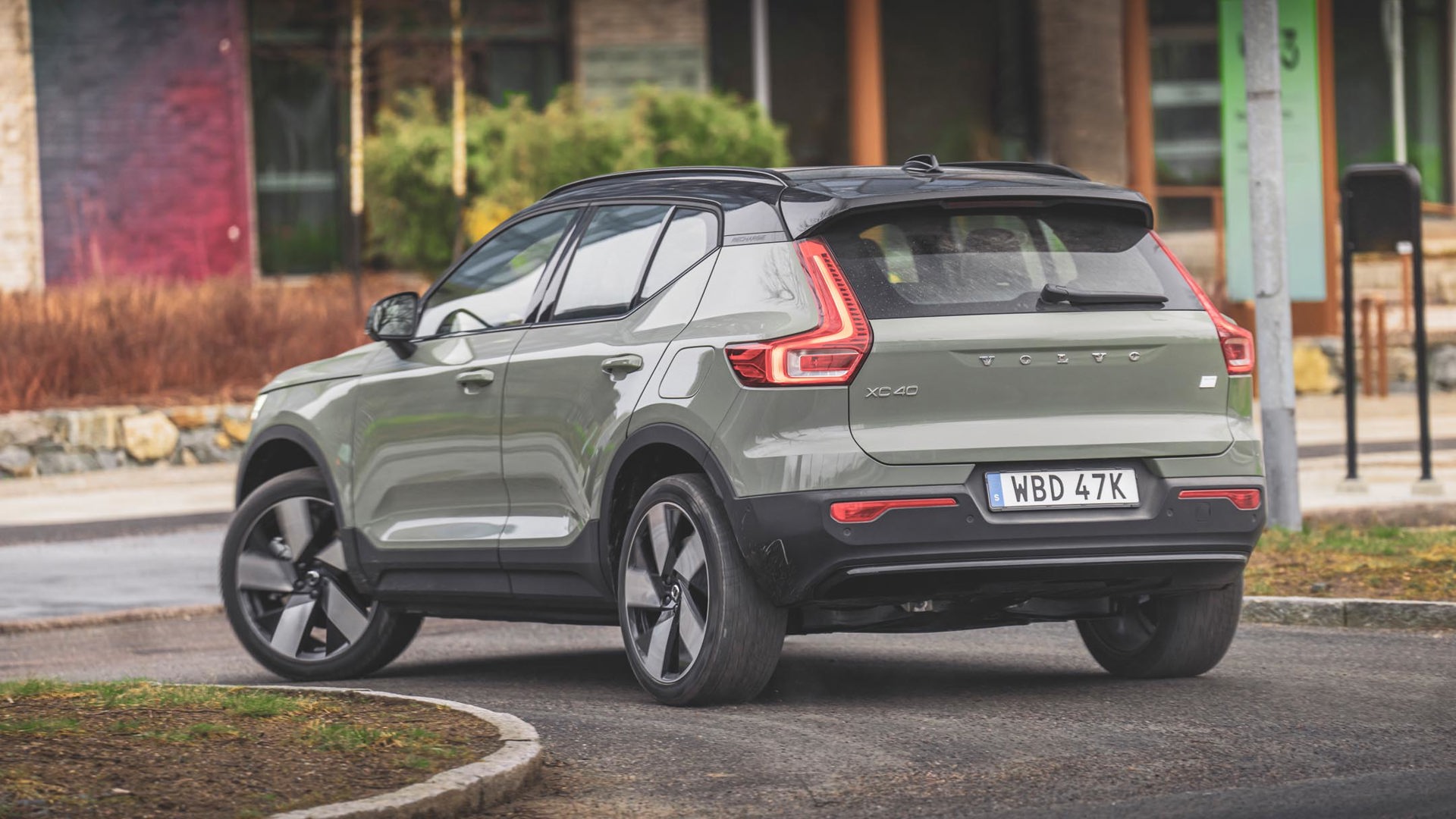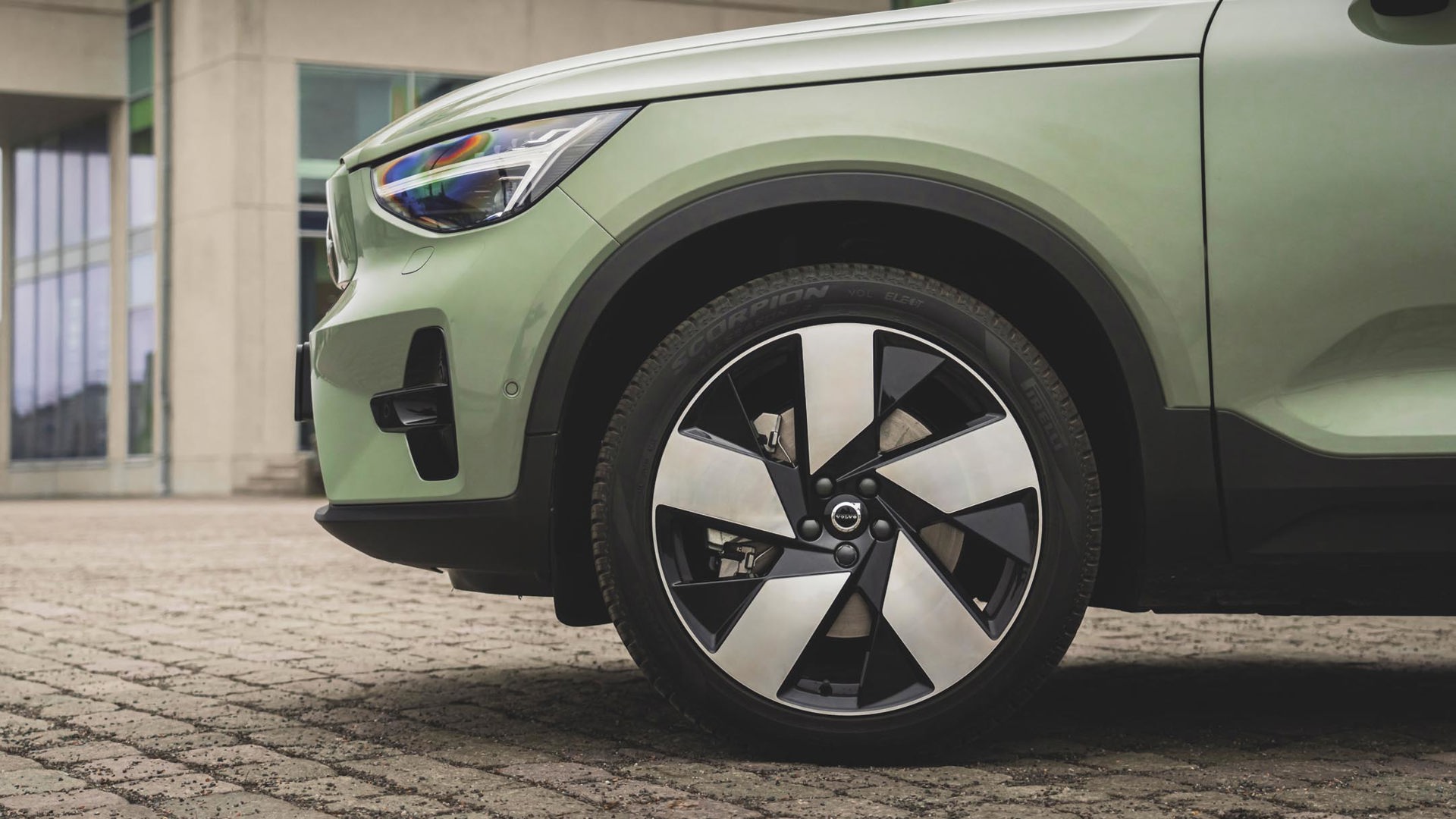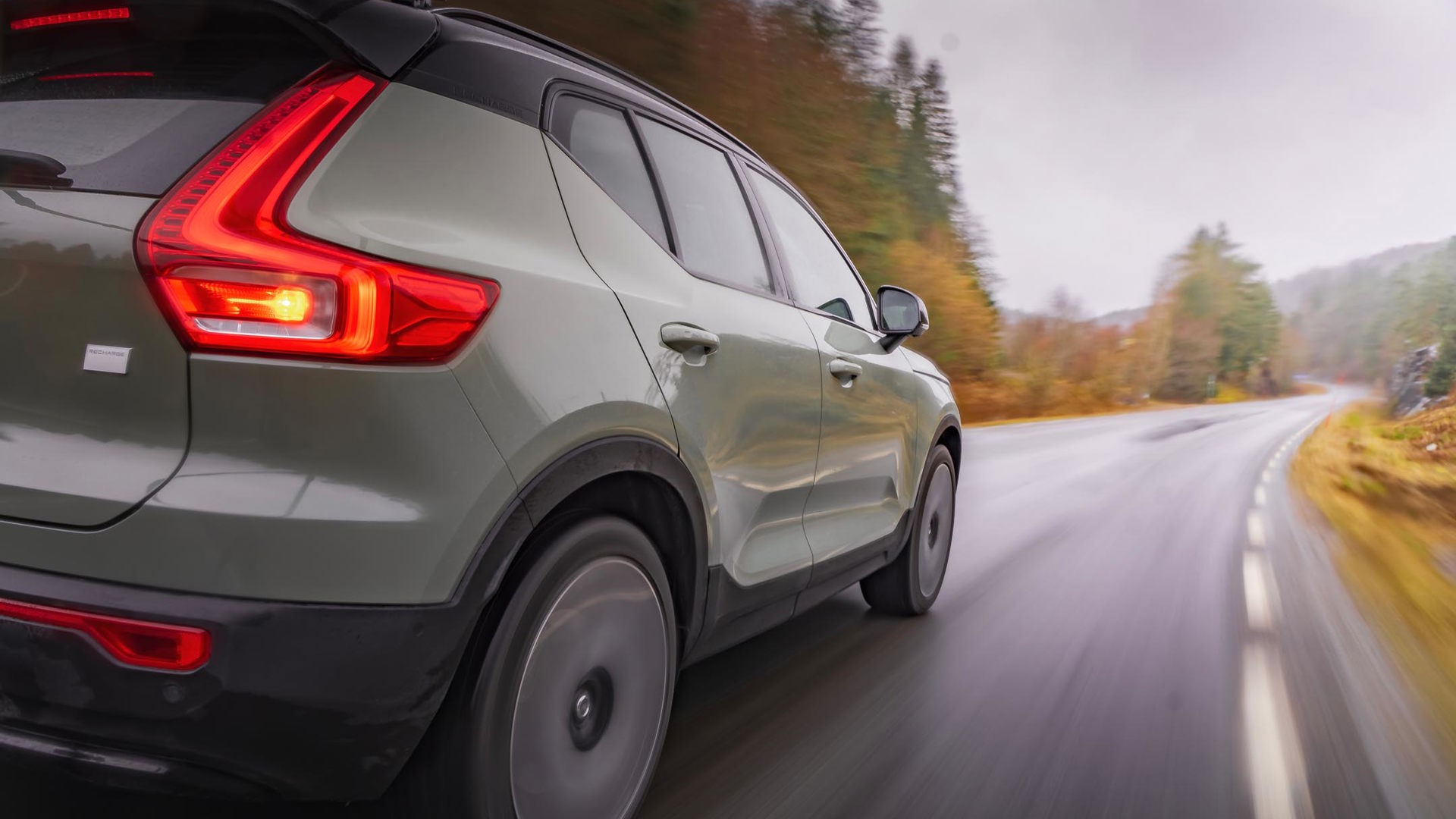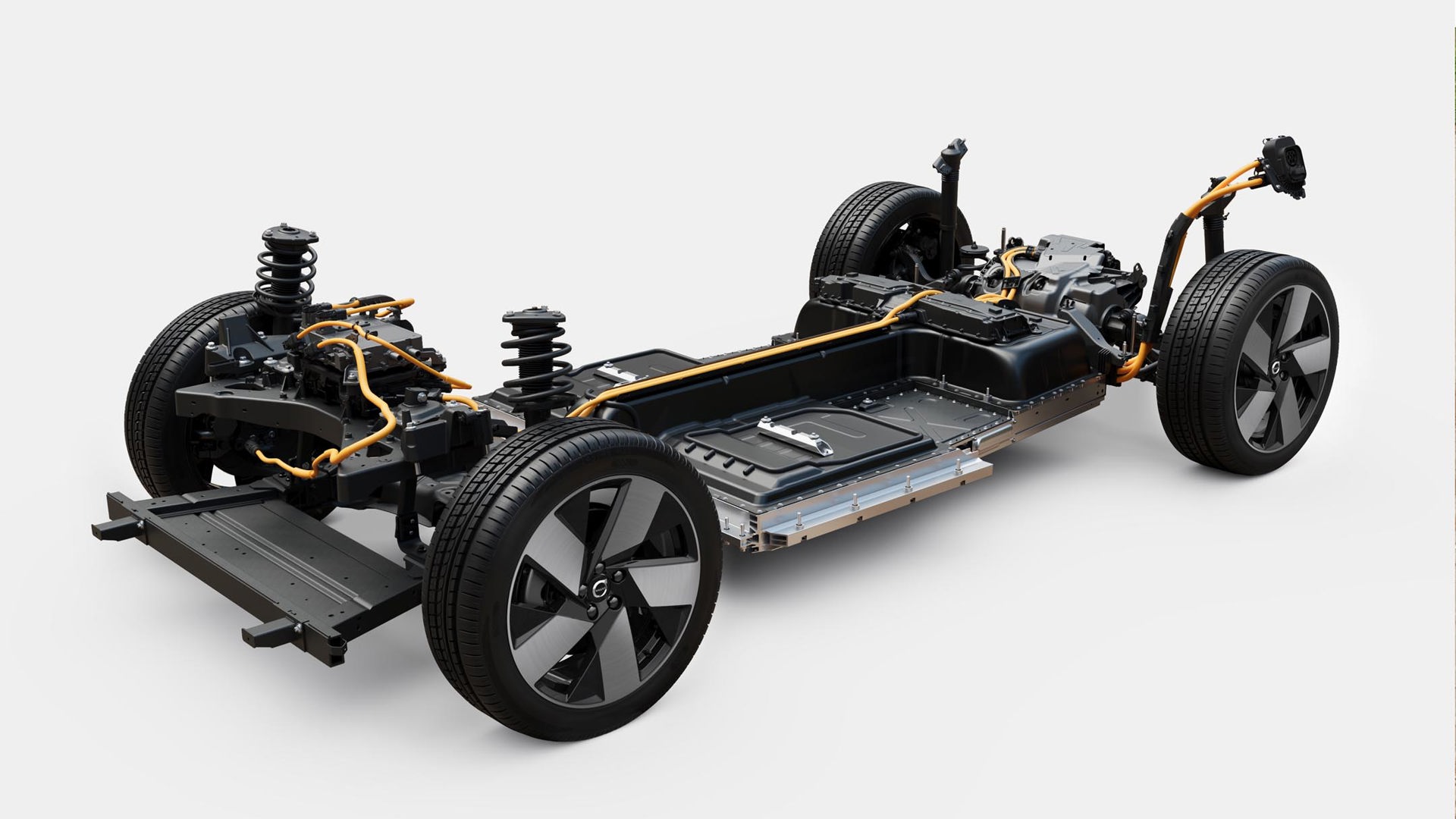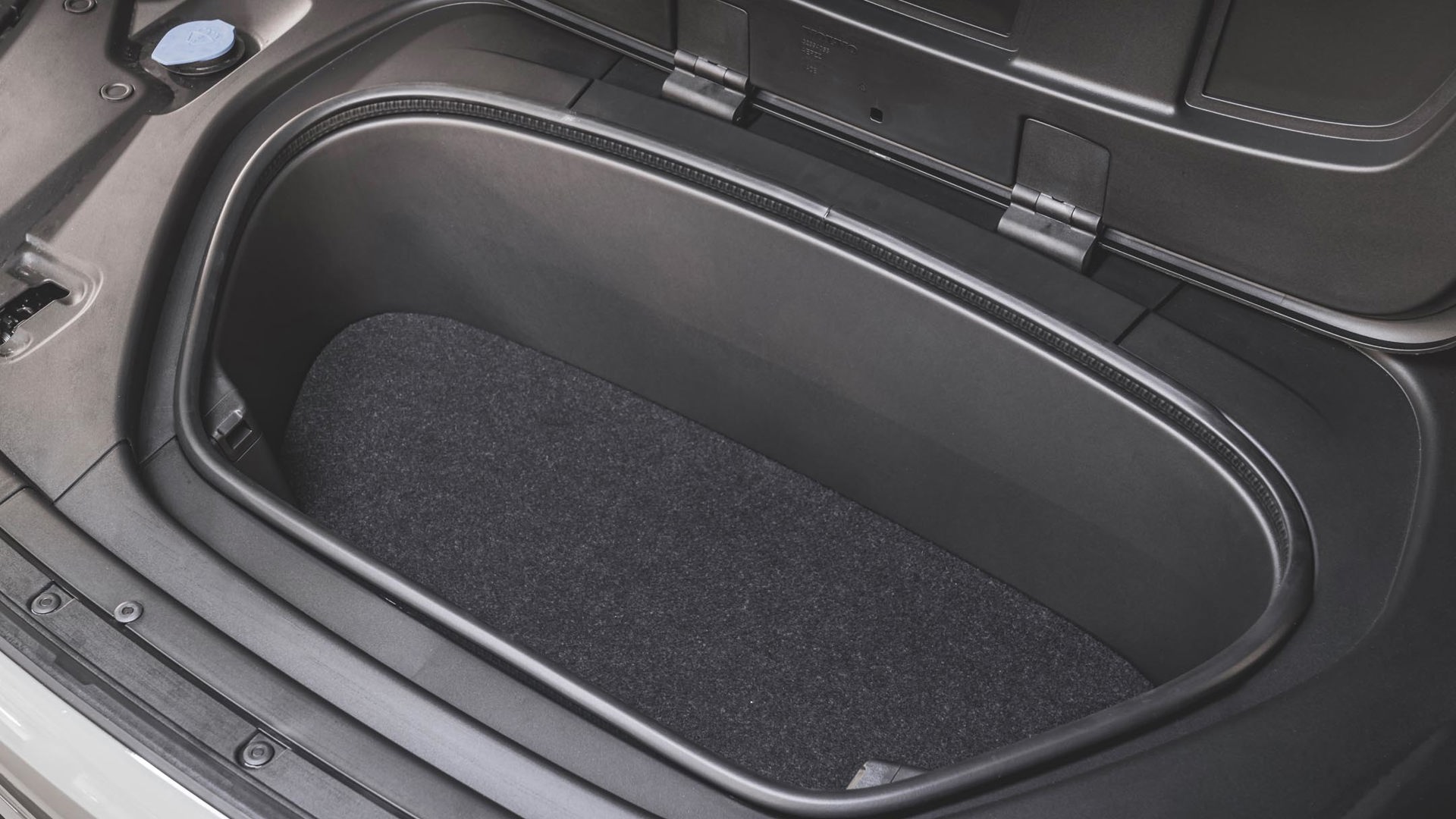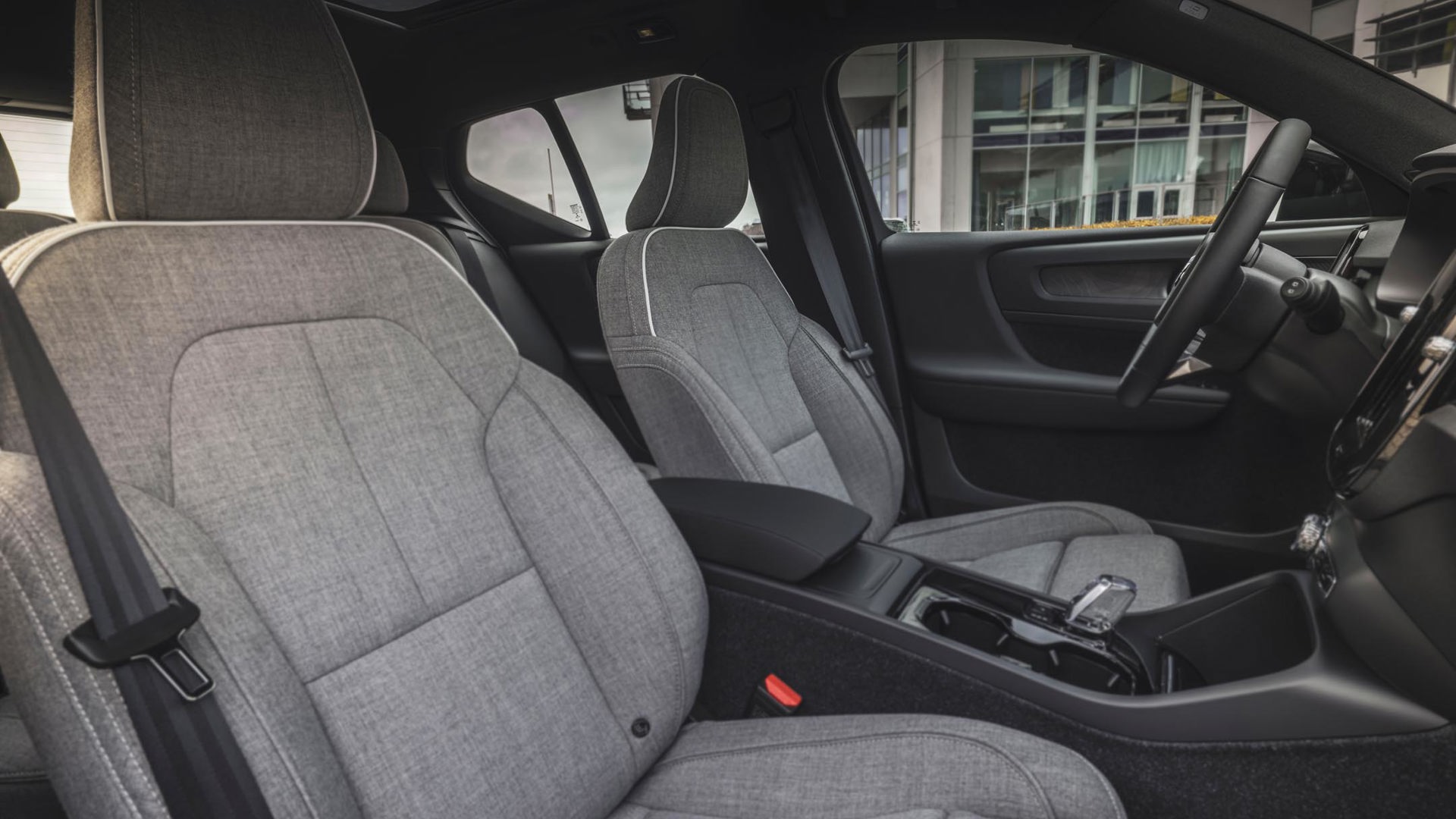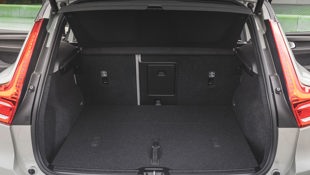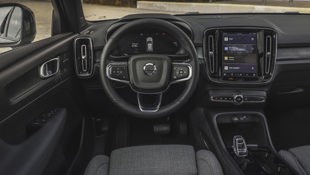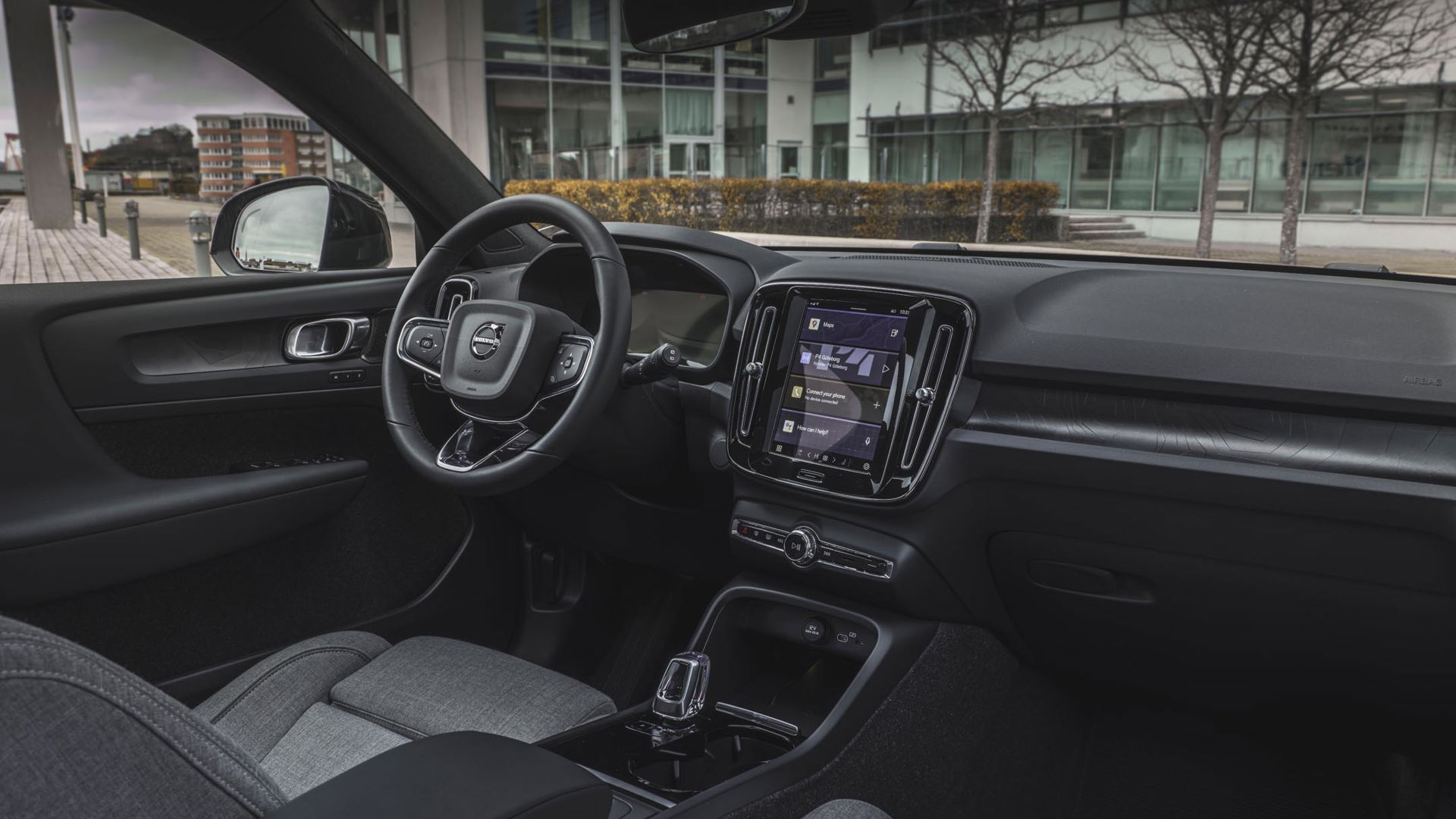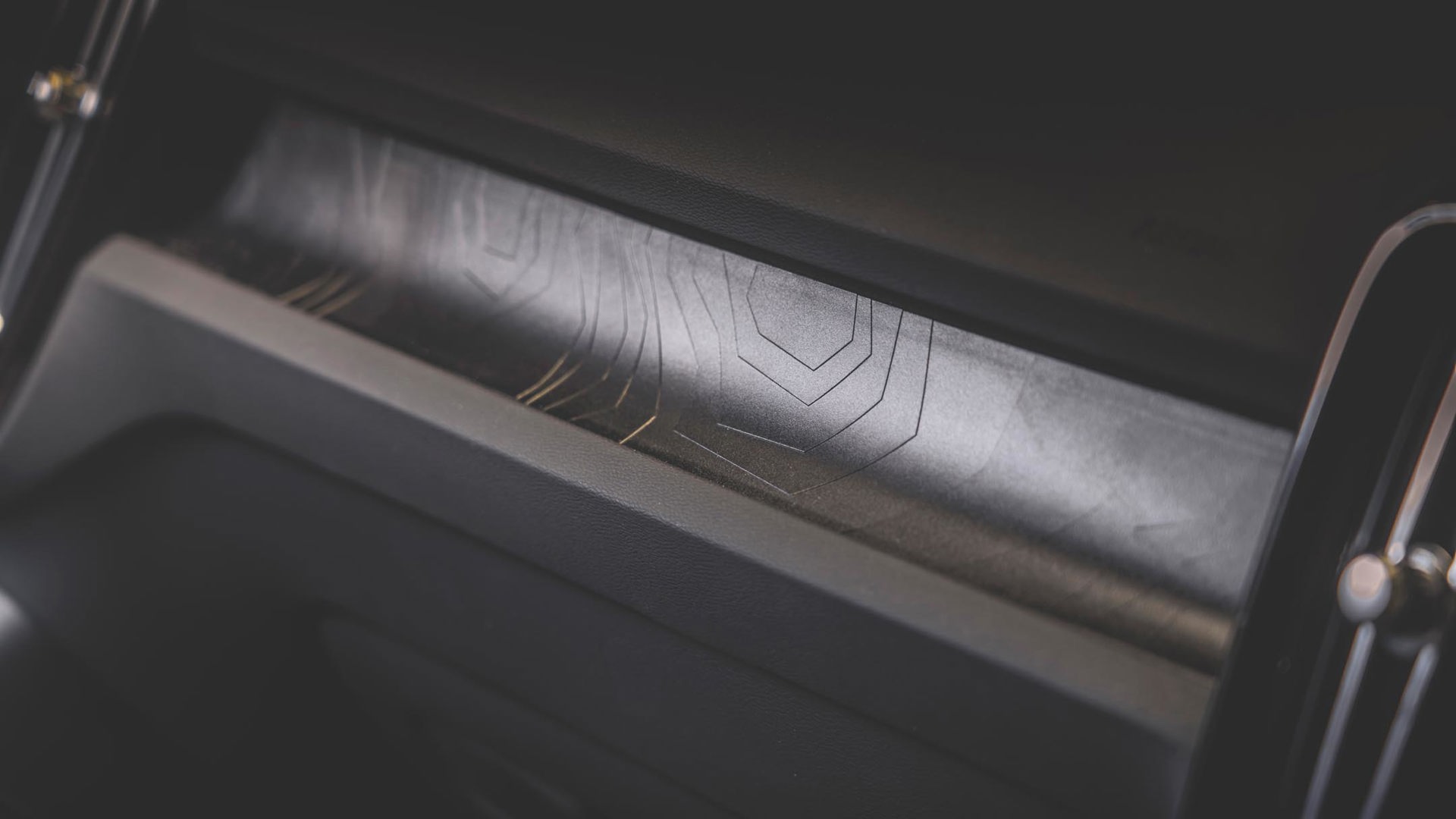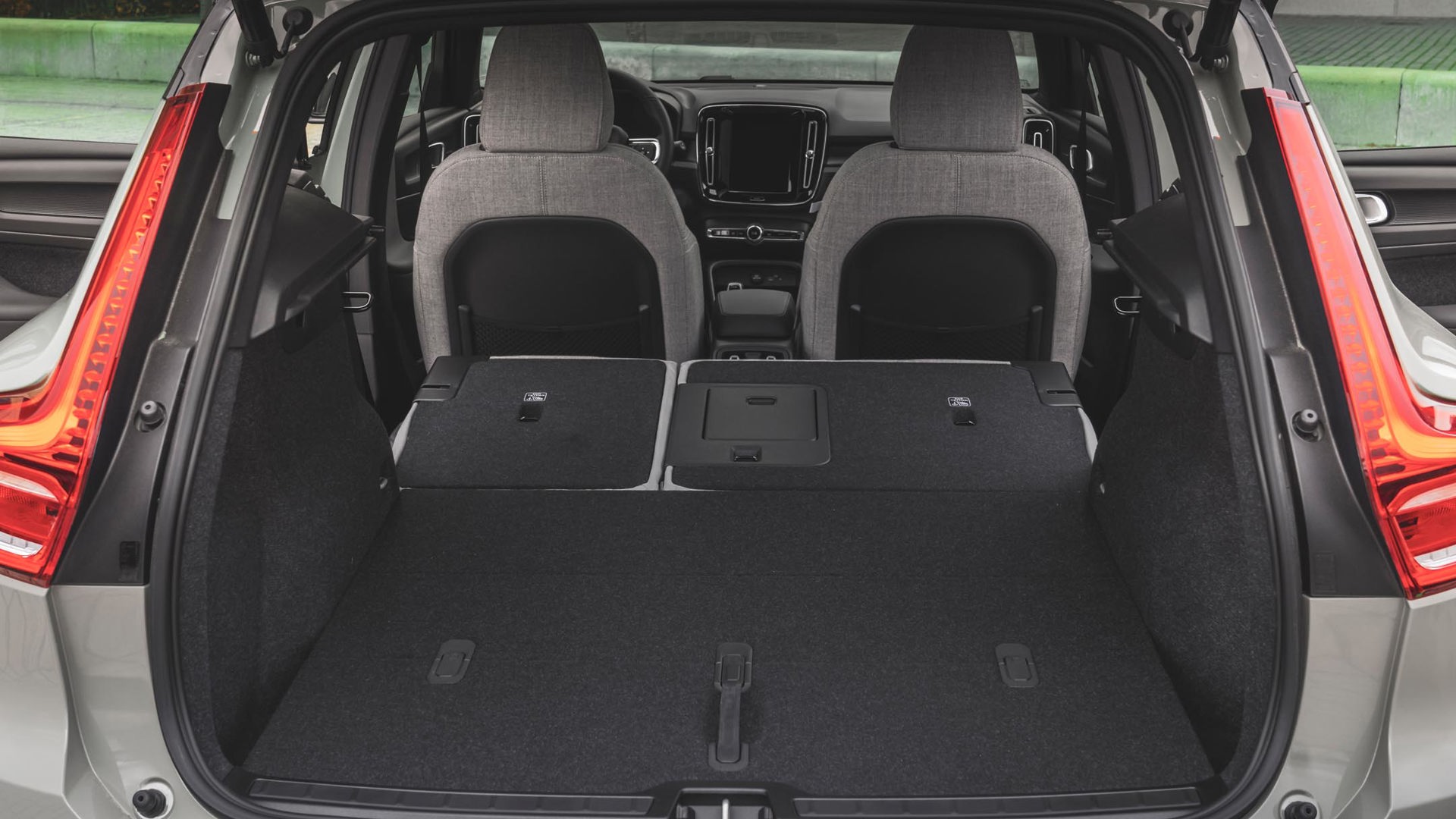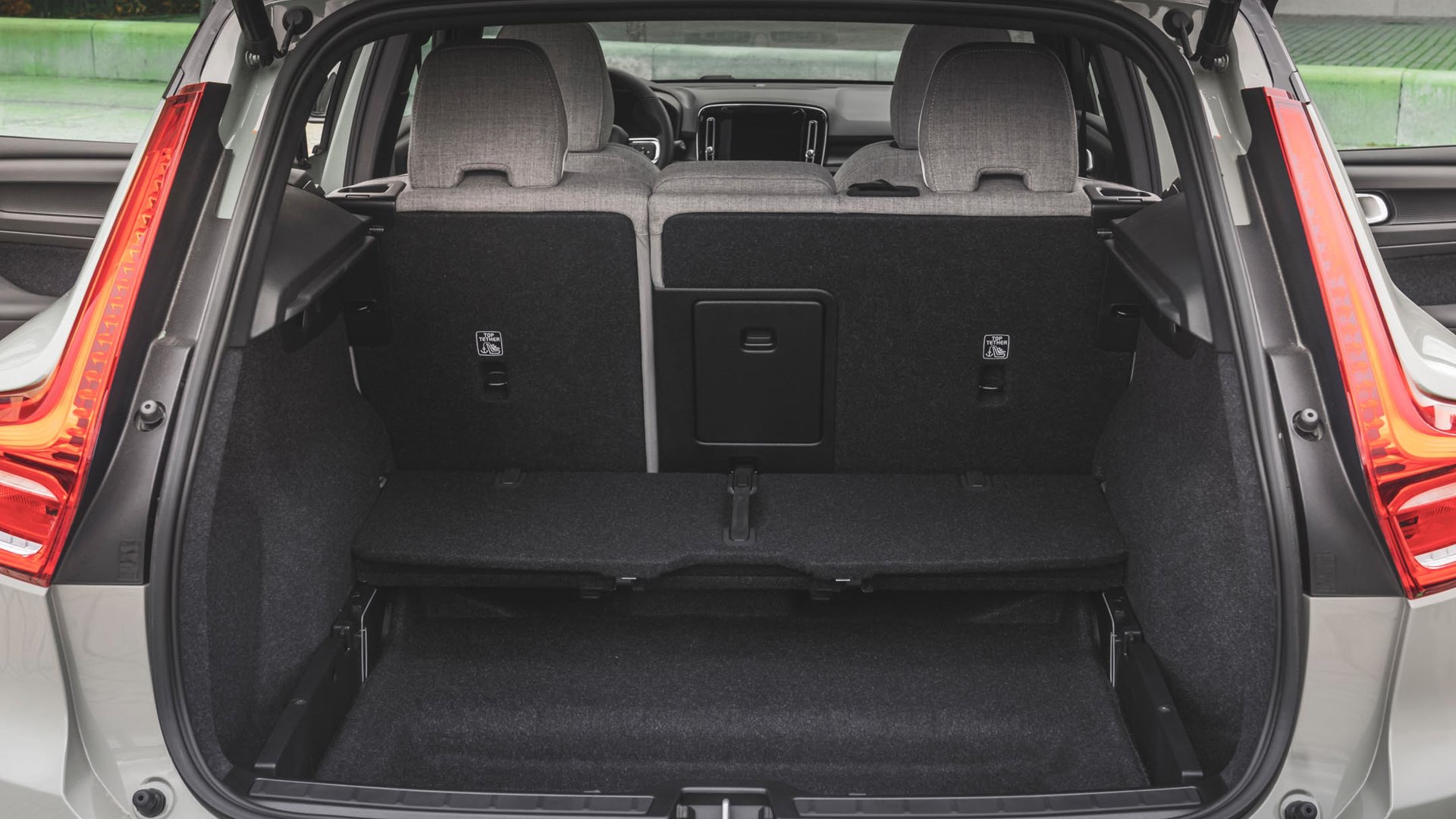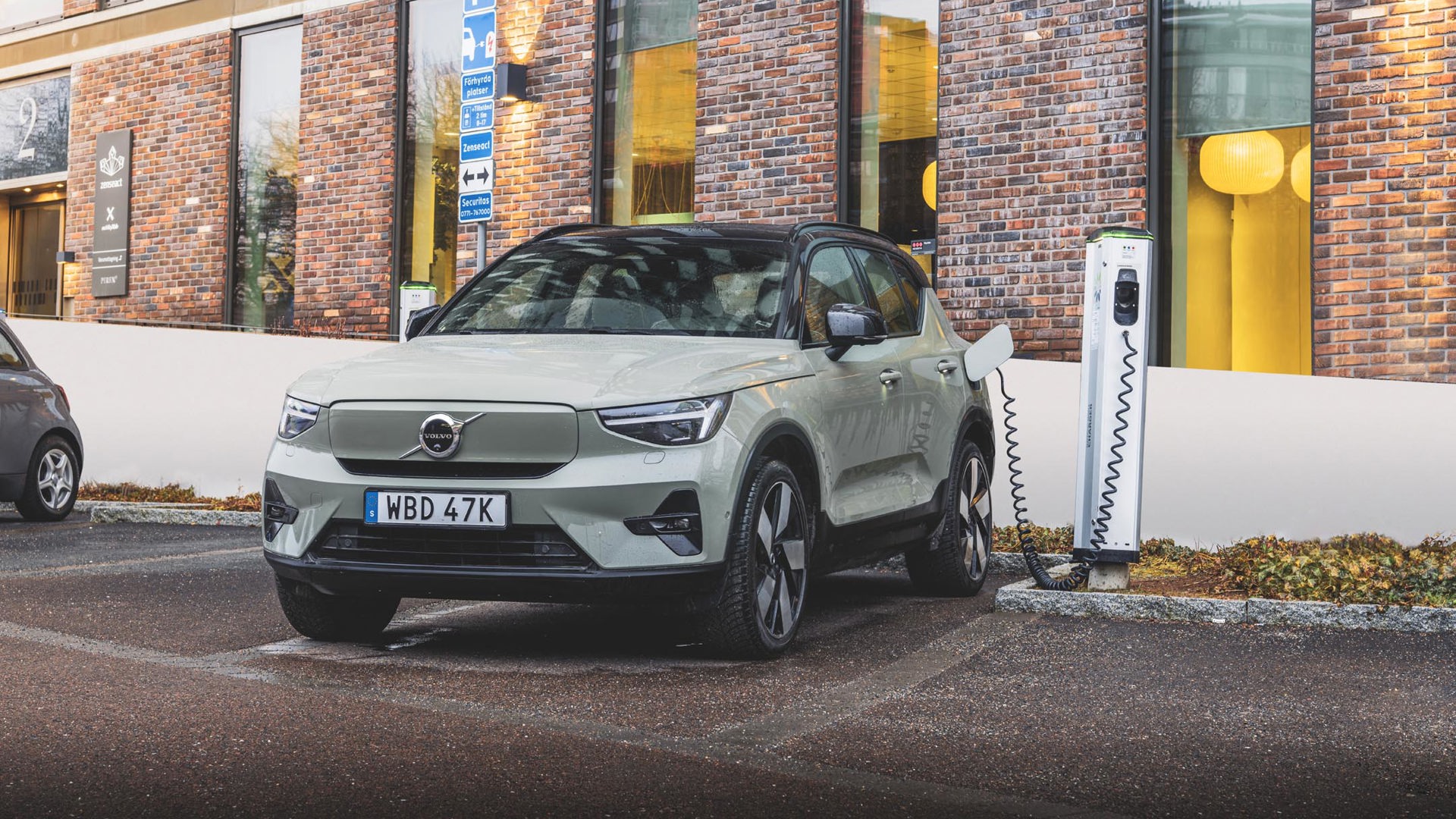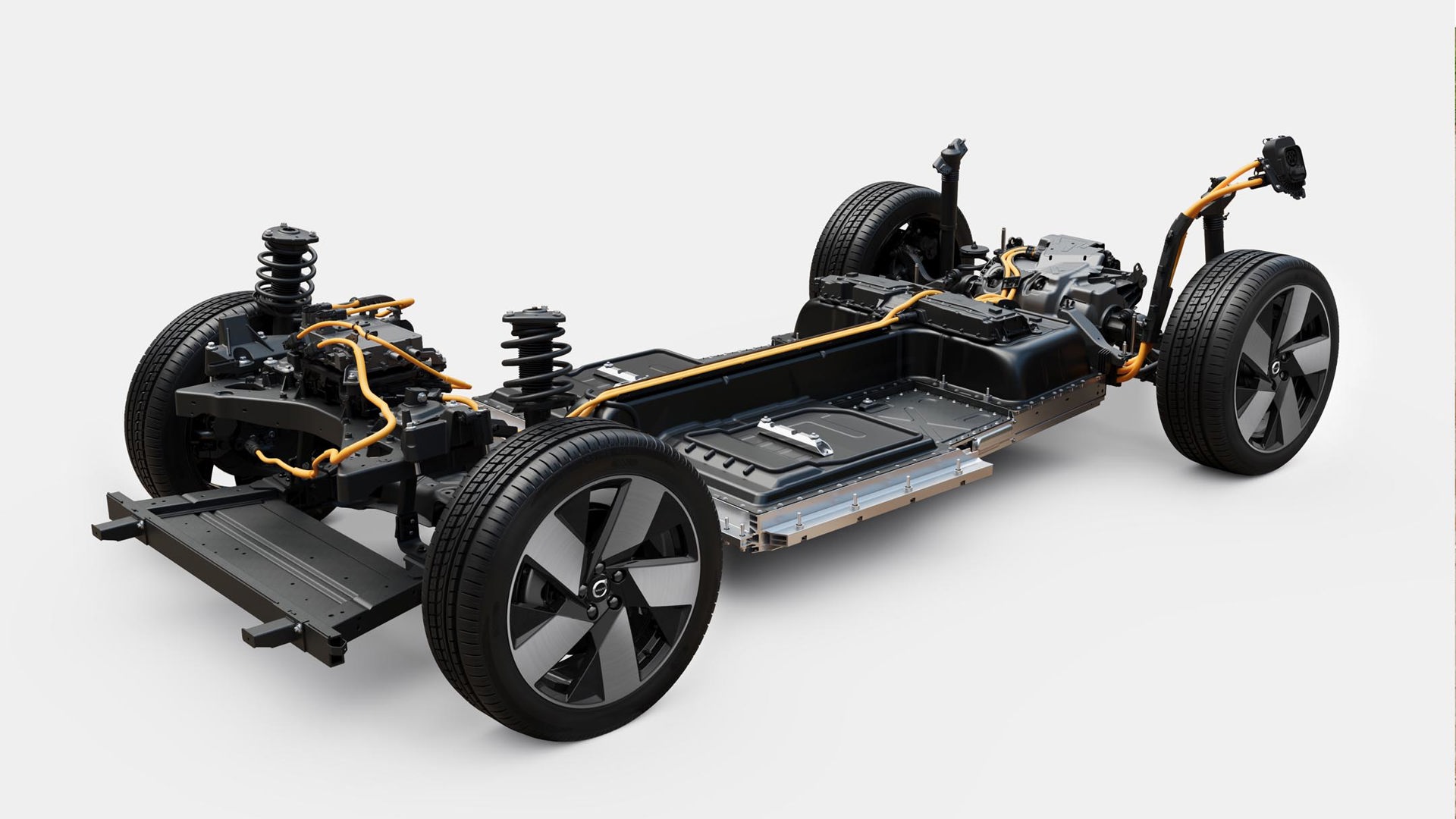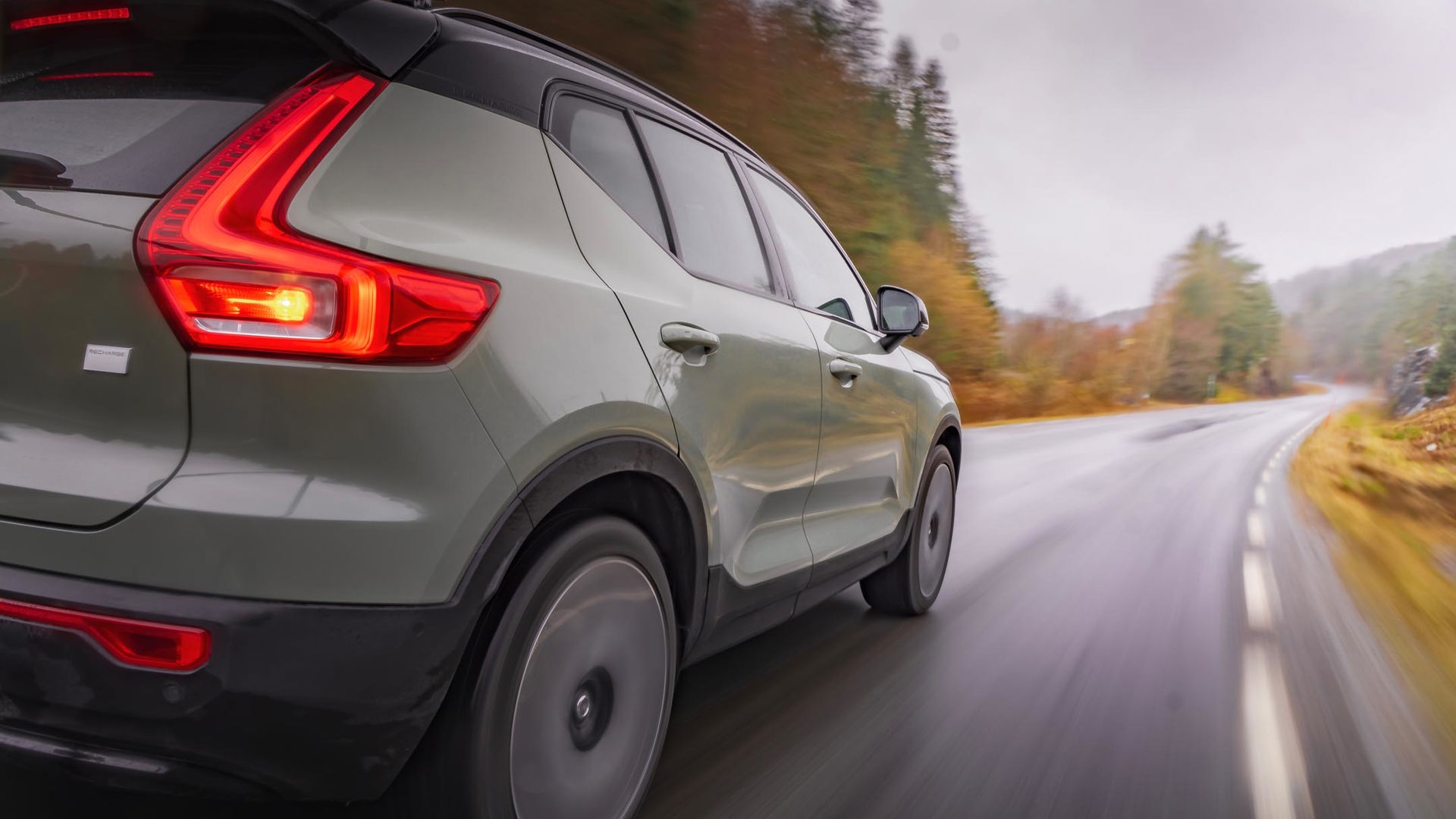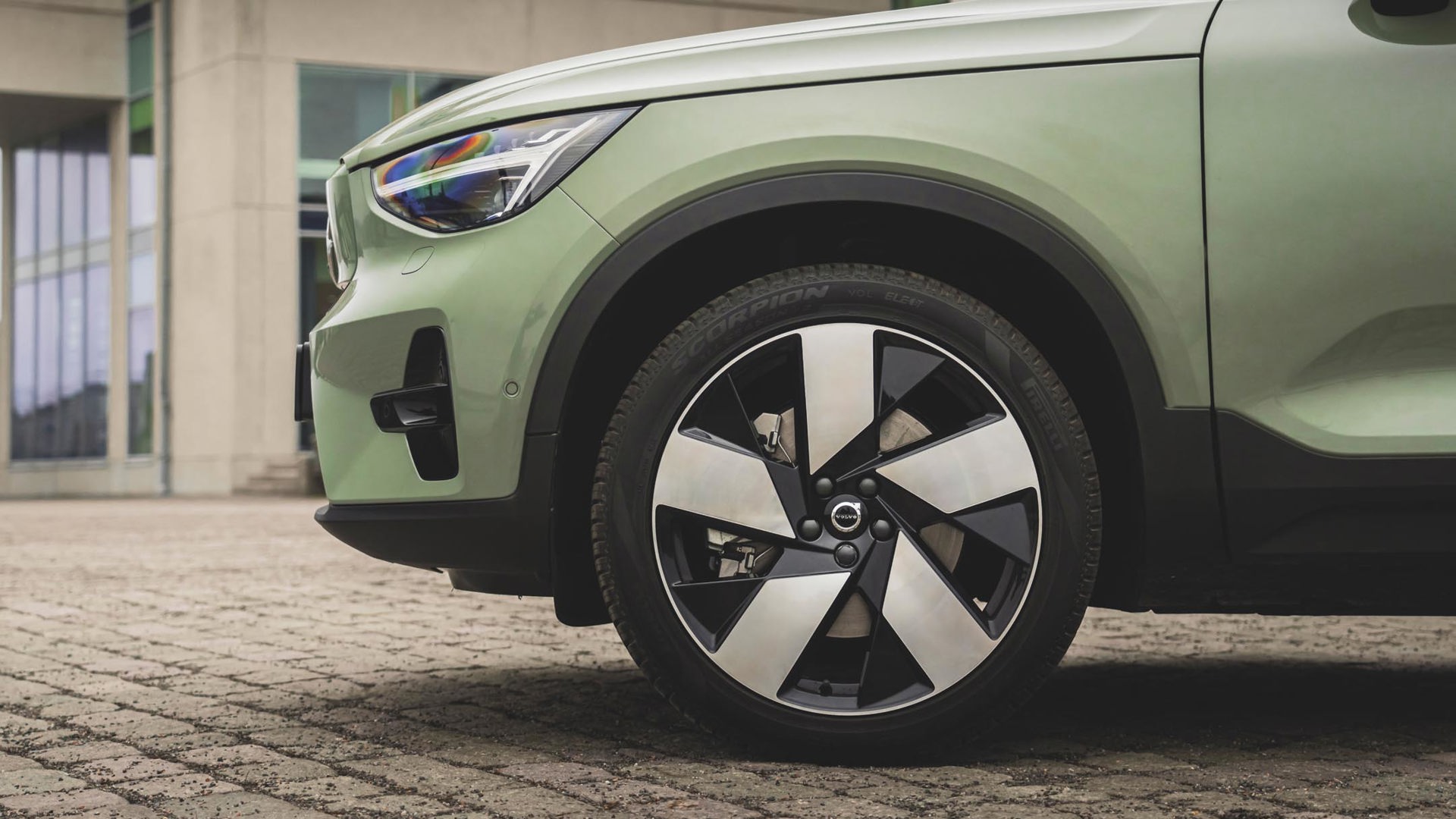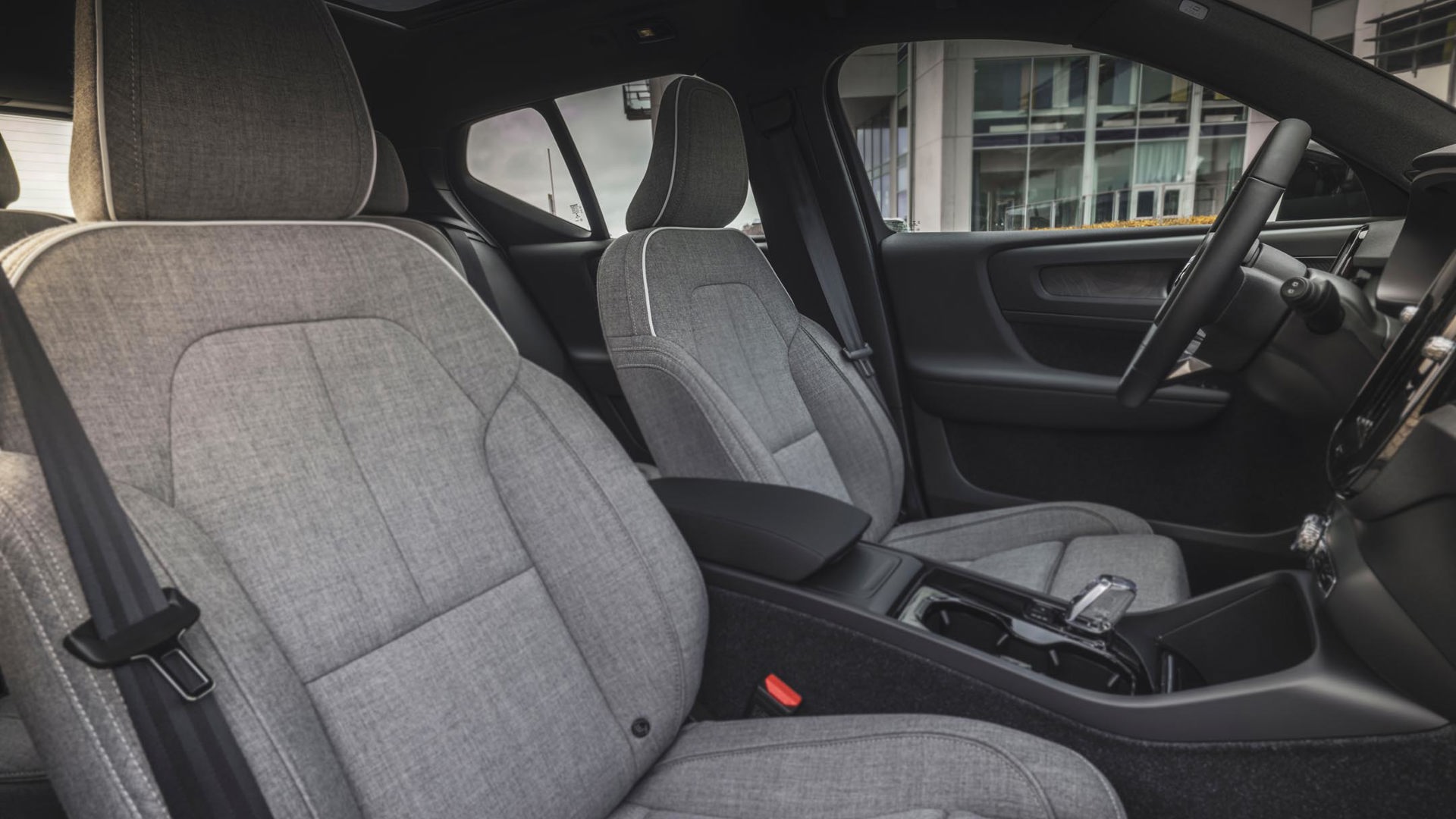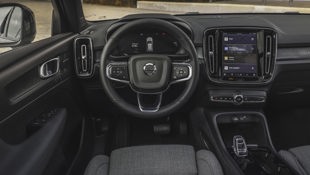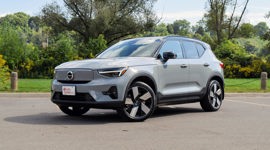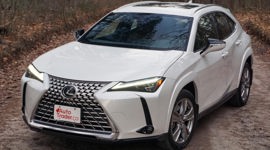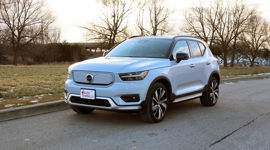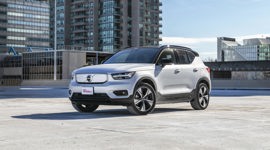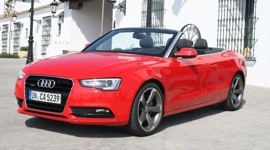At first glance, the 2024 Volvo XC40 Recharge looks largely the same as any other from the last few years.
Beyond a few new colours and a new wheel design, not even a keen-eyed observer is likely to easily tell this one apart from its predecessors. However, it’s what’s under the simplistic yet sophisticated styling that matters, with new electrical components and a rear-wheel-drive variant allowing this little crossover to travel further than before.
Two Ways to Recharge
After a few years on the market, the formerly all-wheel-drive-only XC40 Recharge is getting a single-motor sibling in the stable. That means traction is limited to just two wheels, the rear ones, although that fact is less concerning in wintertime conditions since so much of the mass of an electric vehicle (EV) like this one is stashed low beneath the body.
Fear not, fans of all-wheel drive: the two-motor version continues on with updates of its own. While it uses the same 78-kWh battery pack as before, it’s bookended by new electric motors that improve the overall efficiency of the XC40 Recharge’s operation. The one in the back is developed in-house by Volvo and generates 255 hp. That’s joined by one up front that makes 147 hp on its own; but more importantly, it’s now of the asynchronous variety, which means it’s a variable all-wheel drive system – the front wheels can more easily uncouple until more traction is needed. Net output is 408 hp and 497 lb-ft of torque, so slightly more than last year (402 hp, 486 lb-ft).
The new-for-2024 rear-wheel-drive variant gets marginally more energy density from its battery, which measures 82 kWh, along with a motor that’s also built by Volvo. It makes 248 hp, while the torque count stands at 310 lb-ft. Alongside the sportback-shaped C40 Recharge that shares the same platform and components, this is the first rear-wheel-drive Volvo in a quarter-century. (The 90/900 Series from the 1990s was the last.)
Same Battery, Better Range
Beyond that interesting bit of trivia, it contributes to a fairly significant increase in range. Opting for the rear-wheel-drive XC40 Recharge means an estimated 471 km on a full charge – although this test saw an indicated range of a little more than 400 km in damp and cold conditions. Meanwhile, the all-wheel-drive version should be good for about 408 km compared to just 359 km before.
The latter is most impressive from an engineering perspective, because that 49-km increase was achieved not through more battery capacity but rather the electric motors and the way the drivetrain operates. The drag reduction made possible by the asynchronous motor up front, as well as the new one in the back that’s more efficient than before, means the 2024 XC40 Recharge can do more with the same amount of energy.
The rear-wheel-drive version does more with more, using an 82-kWh battery that’s actually of the same size and cell count as the 78-kWh unit; however, the chemistry has been optimized for more energy density. It’s also capable of faster charging, with a maximum capacity of 200 kW on a DC fast-charger compared to the same 150 kW as before for the all-wheel-drive XC40 Recharge.
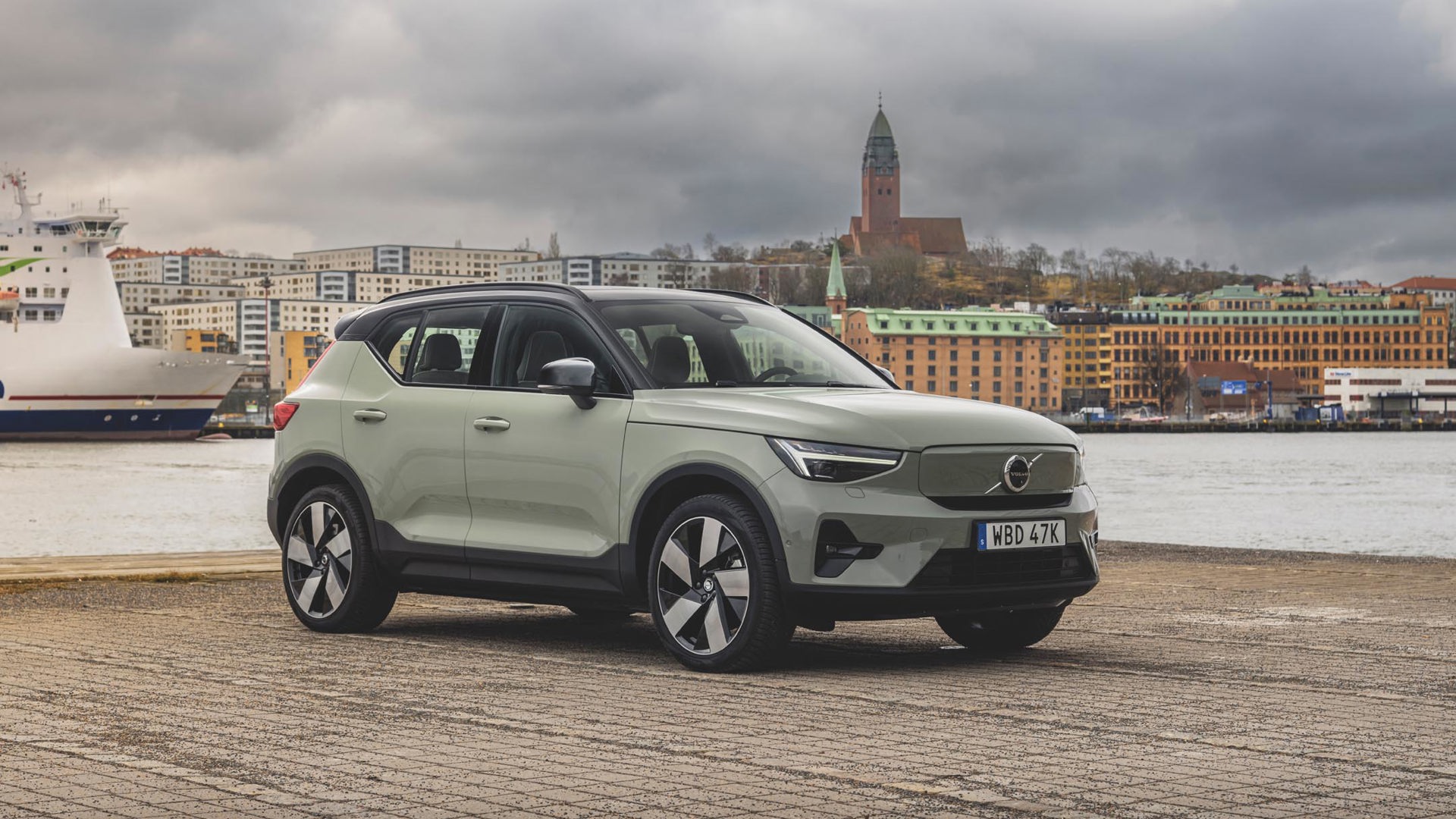
An Upscale Drive Experience
With better weight distribution than a front-biased drive system, the rear-wheel-drive version of this all-electric Volvo is balanced and poised like a proper premium vehicle. With the front wheels dedicated to steering only, there’s a directness that shines through despite being an electric rack-and-pinion setup. As an added bonus, the system’s firmness can be increased or decreased, depending on preference.
There’s a noticeable shove when accelerating, too – another bonus of this rear-drive layout. There’s no torque steer or clawing sensation when accelerating, just swiftness as the weight transfers rearward and all 310 lb-ft of torque is channelled to the tires.
While it’s perhaps a little loud inside with the stereo off, an area EVs tend to struggle since there’s no mechanical noise to mask the wind and road stuff, the XC40 Recharge is refined and dignified. The suspension damping is on the stiff side but the ride is pleasant all the same, while proper one-pedal driving allows it to be brought to a stop by simply easing off the throttle, which also harvests kinetic energy and puts it in the battery for later use.
As Scandinavian as They Come
There’s a properly understated and upscale air to the cabin that’s long been synonymous with Swedish brands like Volvo. If there was an Eames lounge chair on wheels, this would be it – only it would be priced more reasonably than the $9,245 listed on the Herman Miller website. More than the overarching design itself, there’s a slick mix of materials that includes stylish fabrics to soften the visual and textural elements that are more typical of a modern vehicle, electric or otherwise.
The space inside is well-used in spite of a relatively small footprint, with the front half of the cabin boasting generous dimensions and decent small-item storage. The rear seat, too, is reasonably sized, while there’s both a large cargo area behind the hatch and a small one under the hood.
And, of course, there’s the exterior that was touched on earlier. Changes are limited to a new 19-inch wheel design, plus the addition of a couple more colours – Cloud Blue and Vapour Grey. Otherwise, it’s the same stylish subcompact as before. It wears Volvo’s design language well, while very little tells it apart from the gas-powered version.
Final Thoughts
There’s nothing wrong with keeping it simple, which is something of a Volvo trait. It continues on here, with the 2024 Volvo XC40 Recharge on the receiving end of what could be deemed as fairly uncomplicated updates. However, the results that come with them in terms of both increased range and improved driving performance are significant.
While pricing was not yet announced at the time of this writing, even a likely increase compared to the $60,000 or so the 2023 version starts at before fees and taxes seems fair for the added range alone. They may look almost identical, but make no mistake: this is a vastly improved EV compared to the already good one that came before it.

